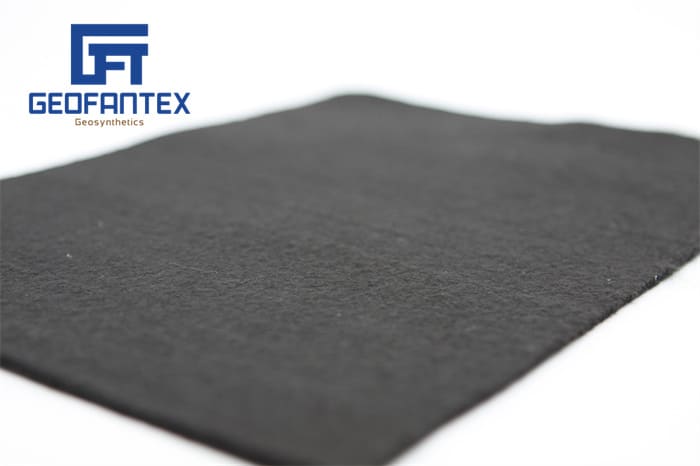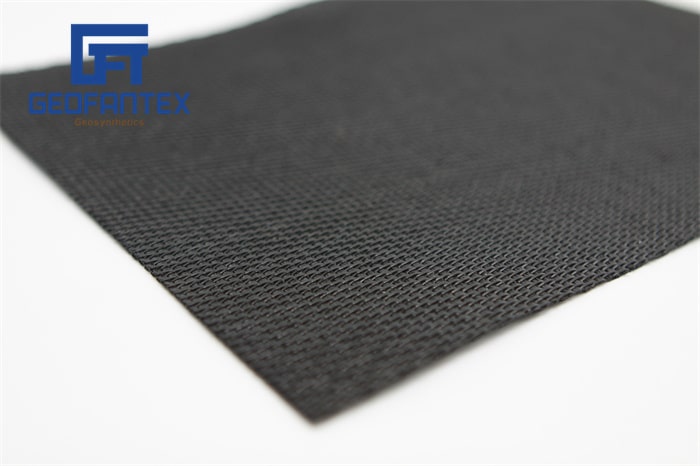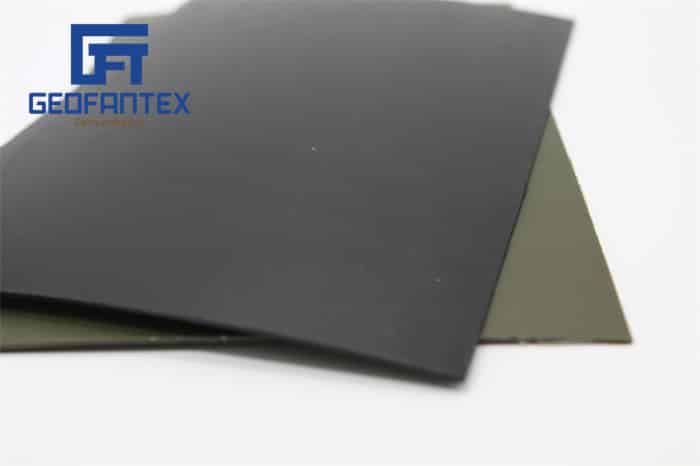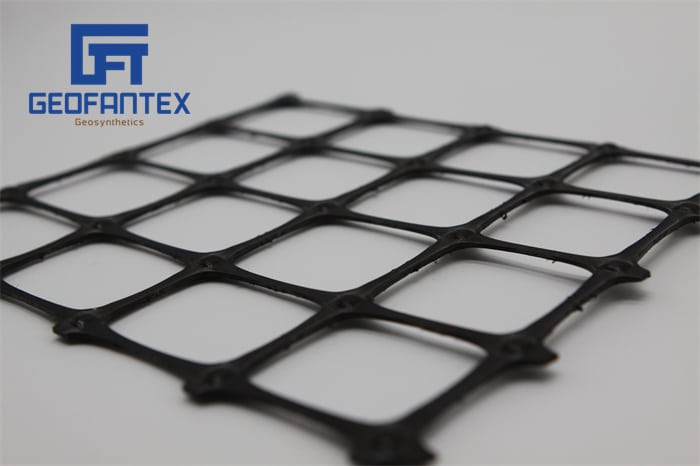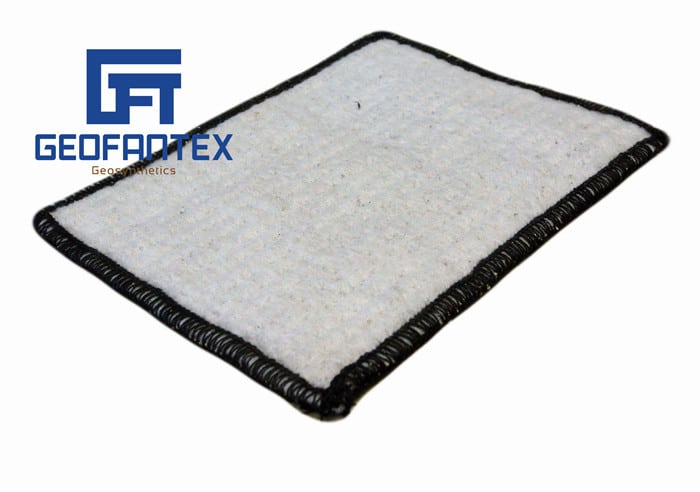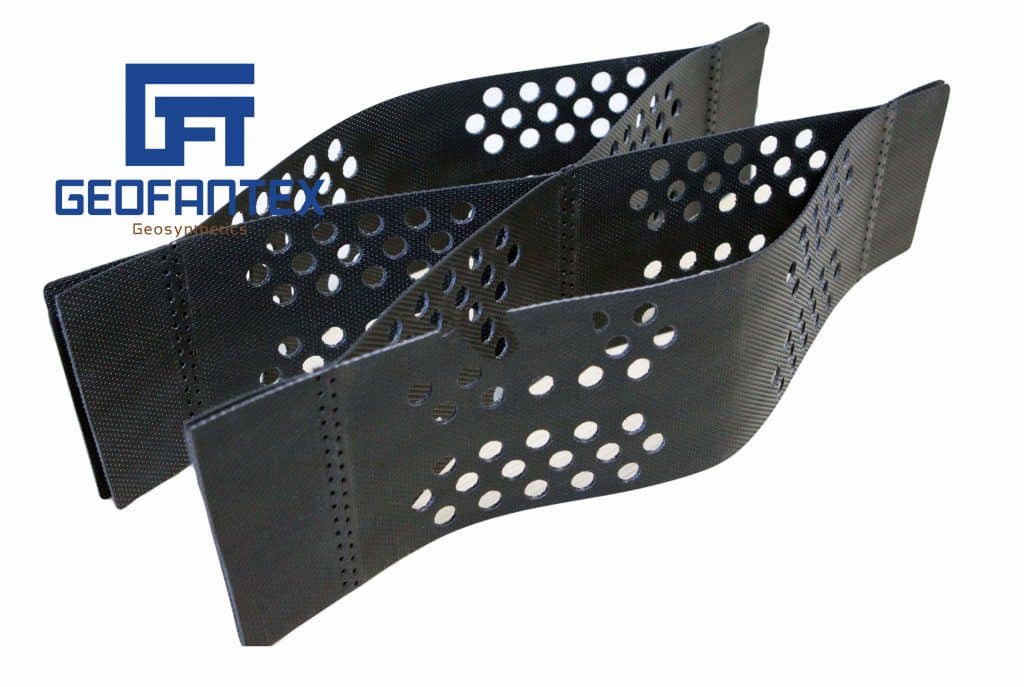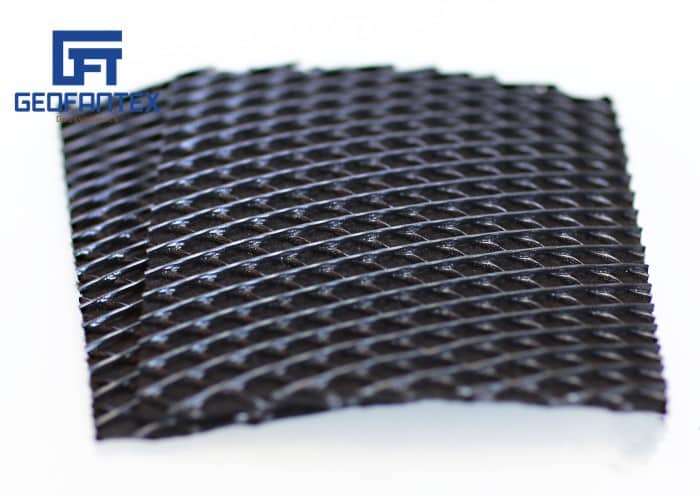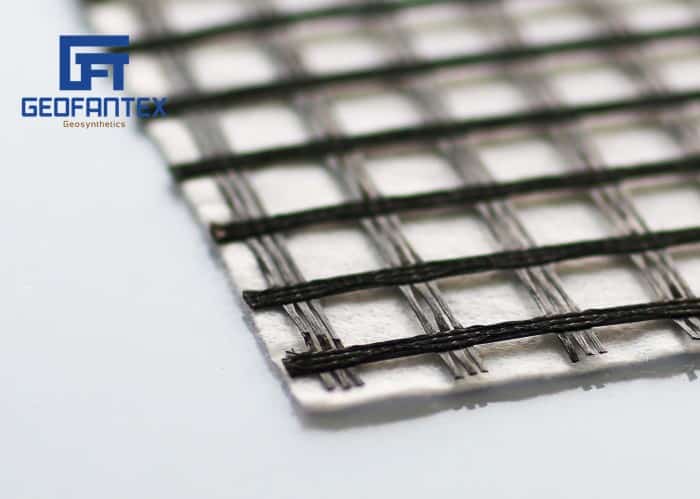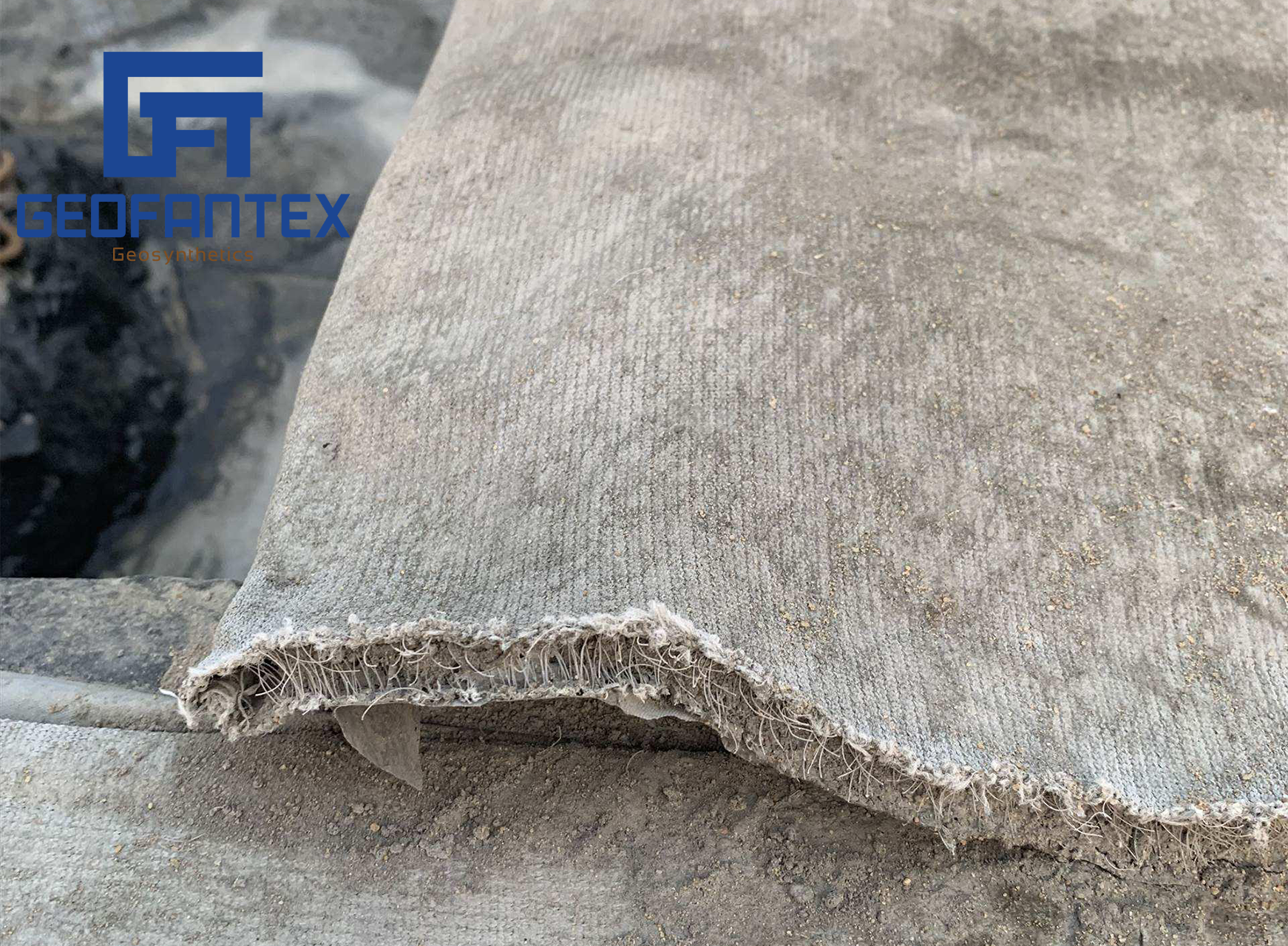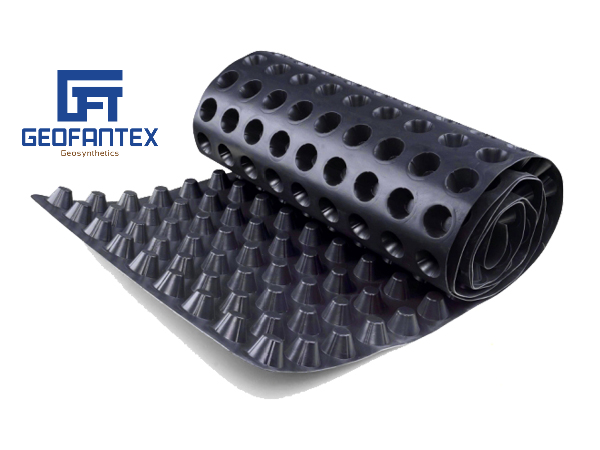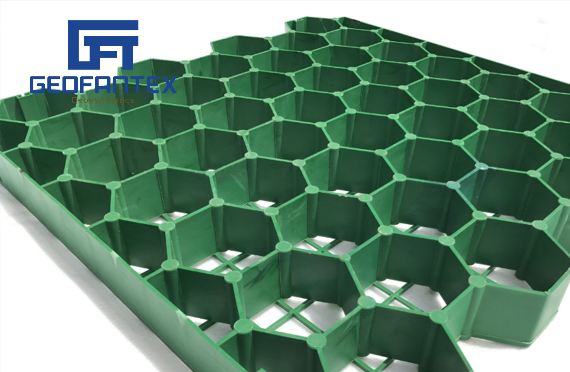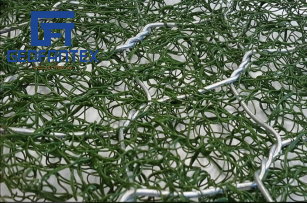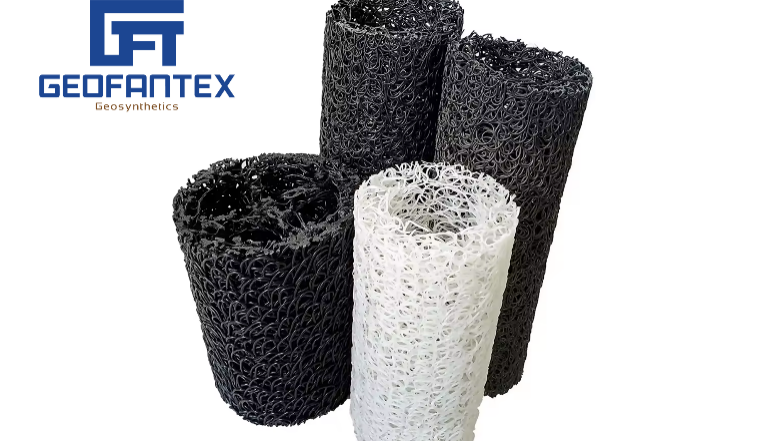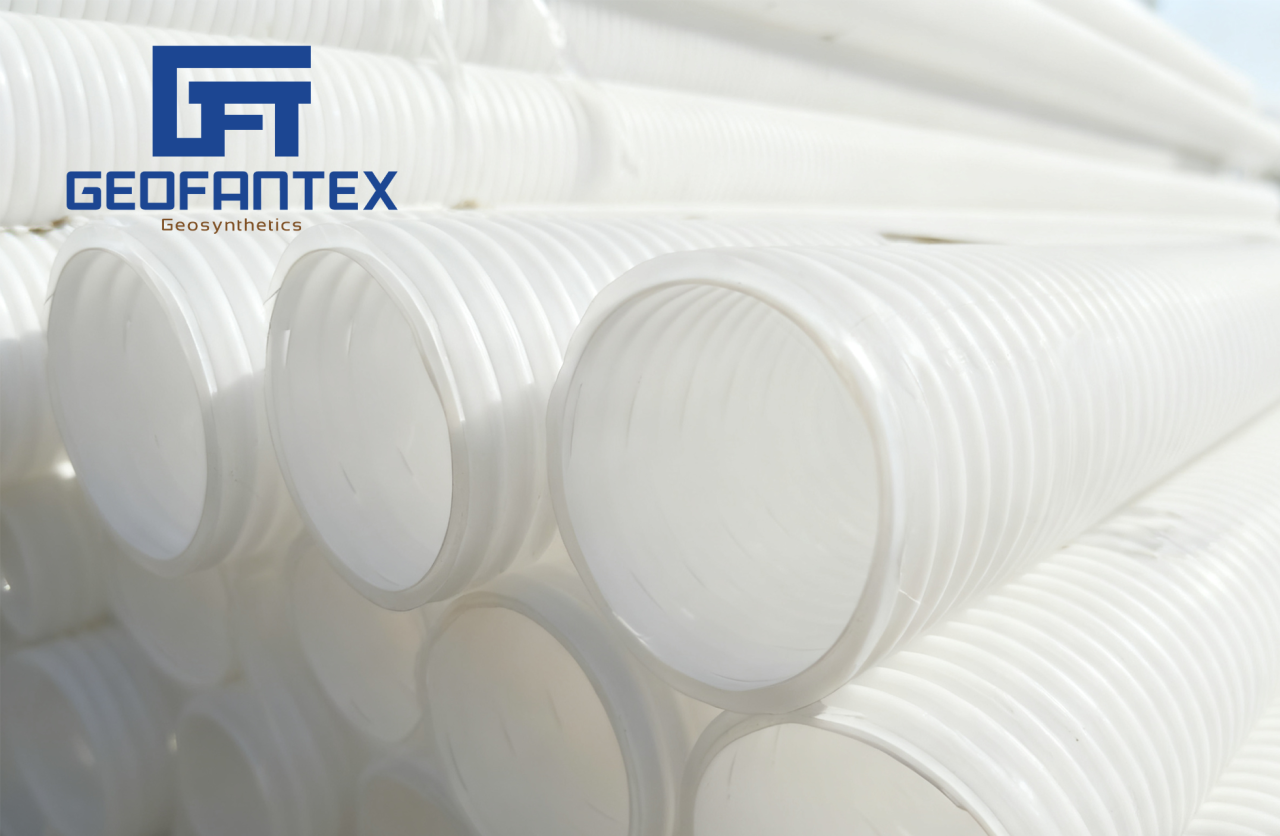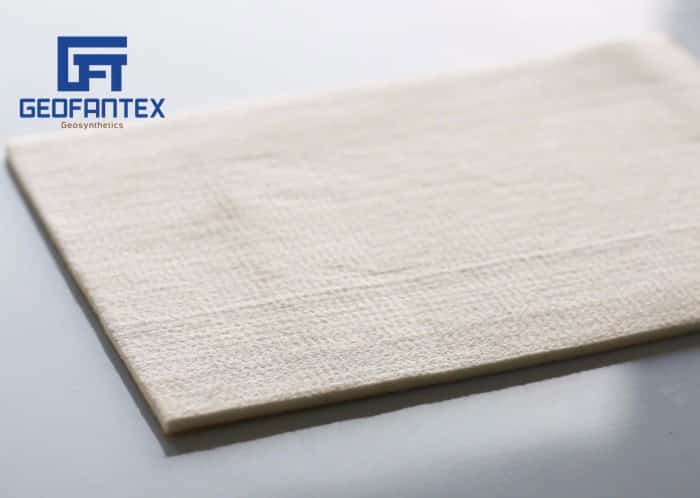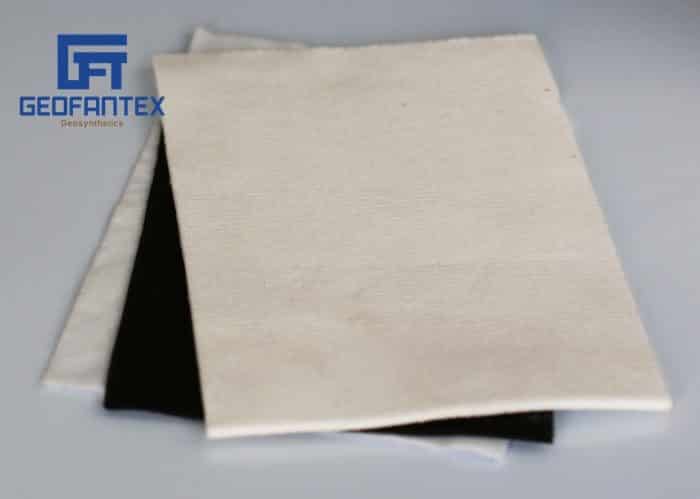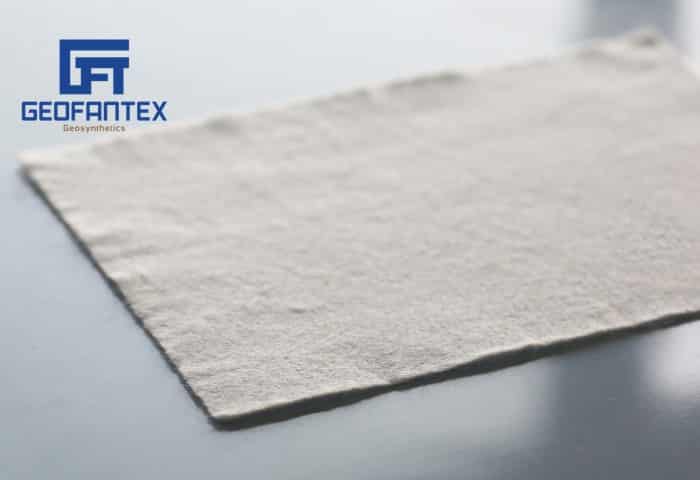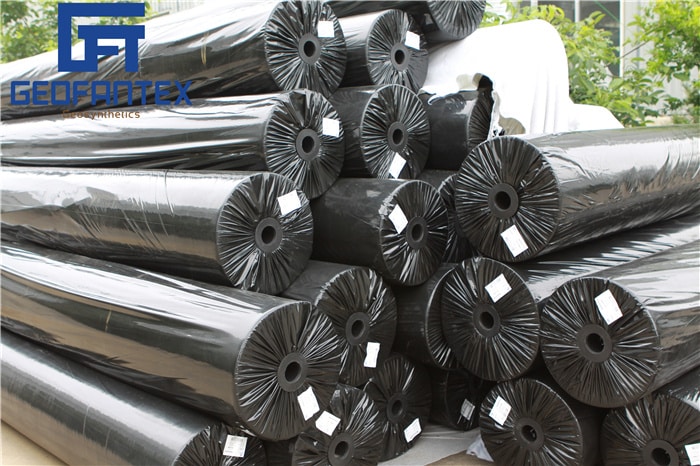+86-159 9860 6917
info@geofantex.com
geofantex@gmail.com
+86-400-8266163-44899
In the vast world of construction and landscaping, the use of geotextiles, particularly woven types, has become indispensable. These fabrics, often overshadowed by the more visible plastic film rolls, play a pivotal role in enhancing soil stability and filtration. This article delves into the intricacies of woven geotextile, comparing it to other materials like geomembranes, and exploring its water permeability, waterproof nature, and resistance to root penetration.
Does woven geotextile fabric let water through?
Yes, woven geotextile fabric is water-permeable, but it allows water to pass more slowly than nonwoven geotextiles. Its tight, interlaced fiber structure provides high tensile strength and soil reinforcement while still permitting drainage and filtration.
Key characteristics of woven geotextile permeability:
- Filtration: Prevents fine soil particles from passing through, protecting drainage systems from clogging.
- Drainage: Allows water to flow gradually, reducing hydrostatic pressure behind retaining walls or beneath pavements.
- Erosion control: Slows water movement while stabilizing soil on slopes or embankments.
Applications: Woven geotextiles are widely used in road construction, retaining walls, drainage channels, and slope stabilization projects, where both soil reinforcement and controlled water flow are required.
Comparison with nonwoven geotextiles: While nonwoven fabrics are more porous and allow faster water flow, woven geotextiles are chosen when structural support is as important as filtration.
Takeaway: Woven geotextiles balance strength and permeability, making them ideal for applications that require soil stabilization, drainage, and long-term durability.
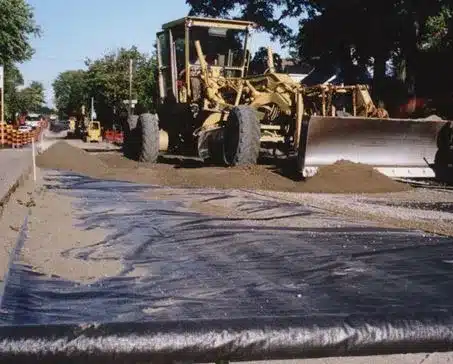
What is the difference between geotextile and Geomembrane liner?
The key difference lies in permeability and function. Woven geotextiles are permeable fabrics made of interlaced synthetic fibers, designed to allow controlled water flow while providing soil reinforcement, separation, and filtration. They manage water movement within the soil and prevent fine particles from clogging drainage systems.
In contrast, geomembranes are impermeable liners, typically manufactured from HDPE, LLDPE, or PVC plastic film rolls. Their main role is fluid containment, acting as a complete barrier against water or other liquids. Geomembranes are widely used in applications like pond liners, landfills, and chemical containment systems, where zero leakage is critical.
Woven geotextiles = permeable and reinforcing, while geomembranes = impermeable and containing. The choice depends on whether the project requires water management or total waterproofing.
Is geotextile membrane waterproof?
No, geotextile membranes are not waterproof; they are water-permeable. Yes, geotextile fabric is designed to allow water to pass through while still providing filtration and separation of soil and other materials. This characteristic allows them to manage water flow within soil effectively, distinguishing them from waterproof materials like geomembranes. While geotextiles do not block water, they are excellent at separating different soil layers and preventing soil erosion, which is crucial for soil health and stability.
Can roots penetrate geotextile fabric?
The ability of roots to penetrate geotextile fabric depends on the fabric’s weight and weave density. Lightweight and loosely woven geotextiles might not offer substantial resistance against aggressive root systems. However, heavier, more tightly woven geotextiles are generally resistant to root penetration. Although roots penetrated the geotextile used in this experiment, it may still have impeded root growth and development, offering some level of control. These fabrics are suitable for applications like landscape fabric where root barrier properties are desirable to prevent weed growth while still allowing water and nutrients to pass through.
Woven geotextile serves as a multifunctional material that stands apart from traditional plastic film rolls with its ability to permit water flow, reinforce soil, and provide a barrier to roots when necessary. Its comparison with geomembranes highlights its unique role in fluid and soil management across various environmental and construction applications. Understanding the distinct properties and appropriate uses of woven geotextile can lead to more informed choices in projects requiring sophisticated ground engineering solutions.
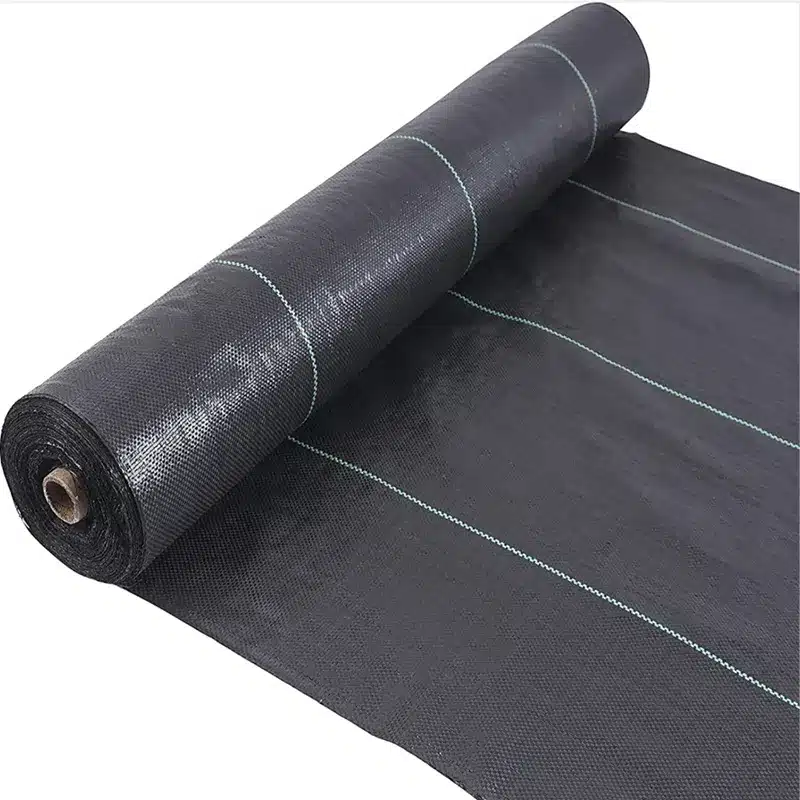

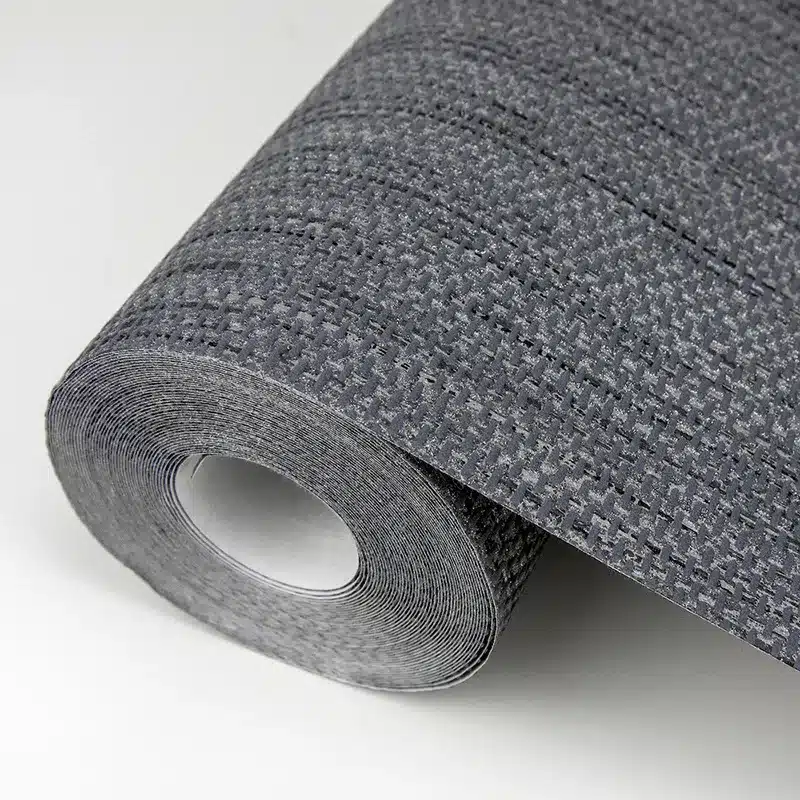
Get Free Sample
We’ll respond as soon as possible(within 12 hours)

